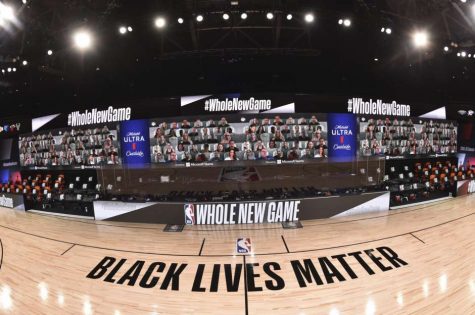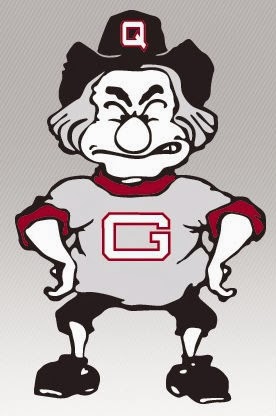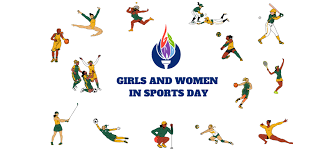Social justice and the NBA bubble
People who are not that familiar with the NBA probably don’t even know what the NBA bubble is. For those of you who don’t know, or for those of you who wish to learn a bit more about it, you came to the right place.
The coronavirus pandemic has had many disastrous effects on the world, and it is still going strong to this day. It has caused many establishments to shut down temporarily or permanently, and many of the activities that people used to enjoy are off-limits. Despite the NBA’s notoriety, they were no exception to the new limits set by the virus.
With this unprecedented pandemic, the likes of which the world has not seen for a century, the 2019-20 season already in progress was thrown into a state of uncertainty. Thus, the NBA bubble was created.
To simplify the bubble, think about it as the players, coaches and team staff quarantining themselves from the rest of society while being tested for the virus. There might be a few exceptions, but essentially, no one is allowed to go inside or outside of the bubble, which means that the players would be playing in an empty arena. There were 22 teams who were invited to the bubble, which was located in Orlando, but it wasn’t a requirement to join.
A few players of notoriety decided not to go, and the people who had a high risk of COVID would still get their salary if they opted out.Those who opted out and were not that likely to get the virus would, according to the NBA’s memo, “have his compensation reduced by 1/92.6 for each game missed up to a cap of 14 games, even if his team plays more than 14 games in Orlando.”
While it is certainly interesting to learn about why the bubble was created, it is more prevalent to focus on the social justice aspect of the bubble. With many of the tragedies that happened this year, the league decided that it would be best to use their platform to address the issues.
Fred Vanvleet, a player for the Toronto Raptors, stated that “Black Lives Matter” was written on each side of the two buses that he and his team were taking to the bubble. On the trip to Orlando, the bus passed through a neighborhood in which many Trump signs were displayed, and Donald Trump referred to Black Lives Matter as a “symbol of hate” in a tweet on July 1.
“They probably weren’t going to be too happy with this bus. I thought that was a big, big gesture for sure by the team,” Vanvleet stated to ESPN as their bus passed through the neighborhood. “It’s going to be our job and the league’s job to give you the entertainment and still give you the message at the same time.”
NBA players within the bubble used their platforms to promote social justice by adding messages to the back of their jerseys. These messages included “Say Her Name,” “I Can’t Breathe,” “Education Reform” and “Vote.” Other players decided to have the message “Equality” in their native tongues of Slovenian, Italian, French, Creole, Latvian, Mori, Hebrew, Bosnian and Portuguese printed on the back of their jerseys.
Guilford students shared their opinions about the bubble and about how social justice was being handled within it.
“I feel that the bubble is very safe and practical. I guess it is another way for celebrities to still have their voices heard and speak up for those who are voiceless during this time,” first-year Brandan Izzard said.
First-year Jamaal Hunter added, “I would say at the end of the day, (the NBA) still have a job to do and I like how they are still playing their games through these tough times, and how every player is taking a knee for the national anthem, because it’s needed, and hopefully the world can see it that way, too, and justice should be served.”






